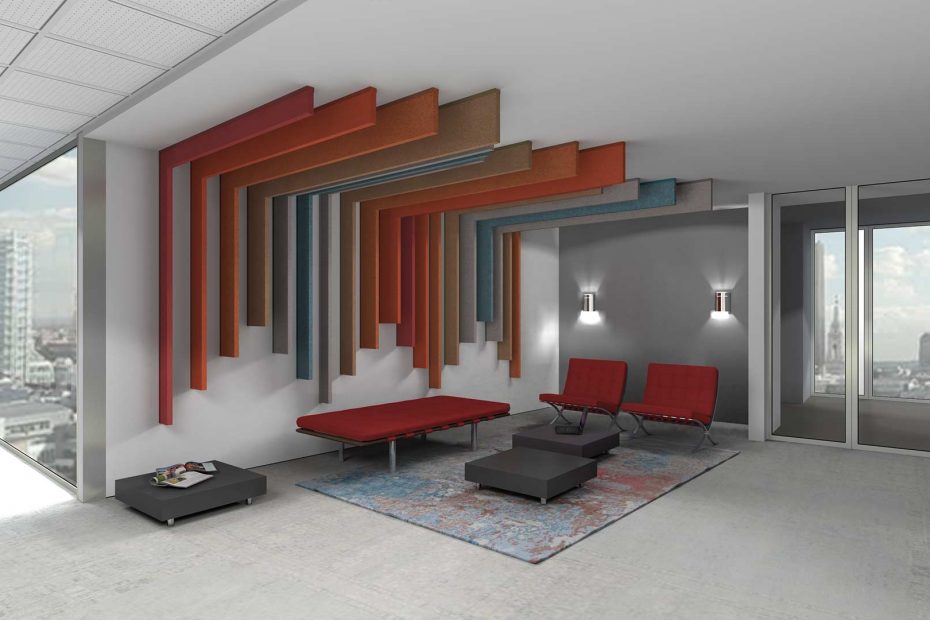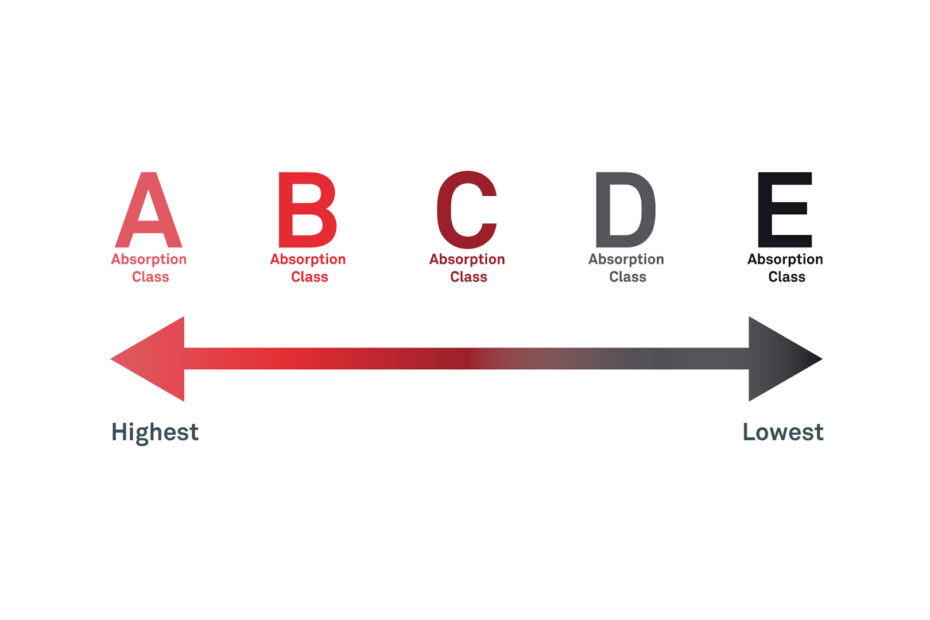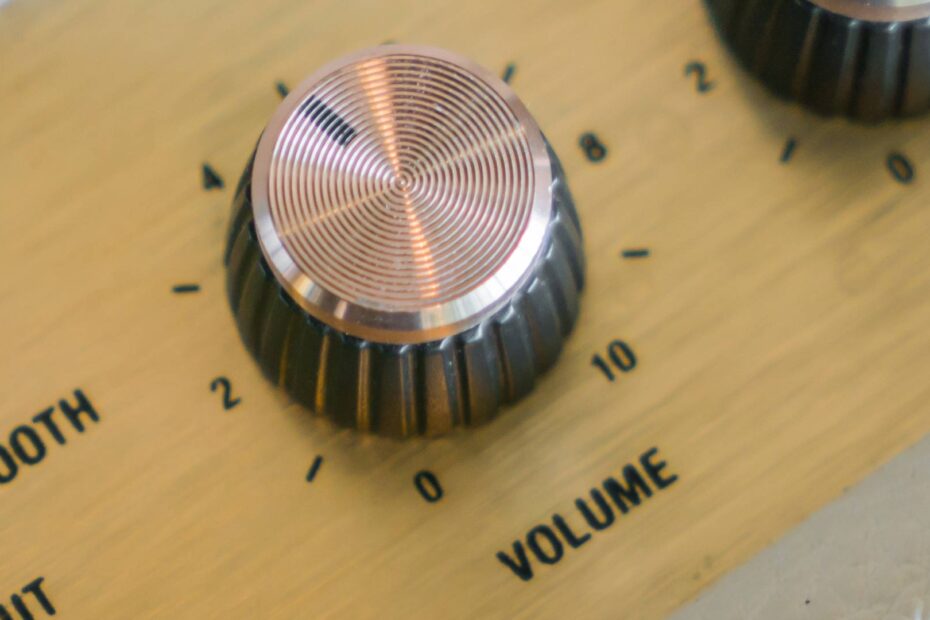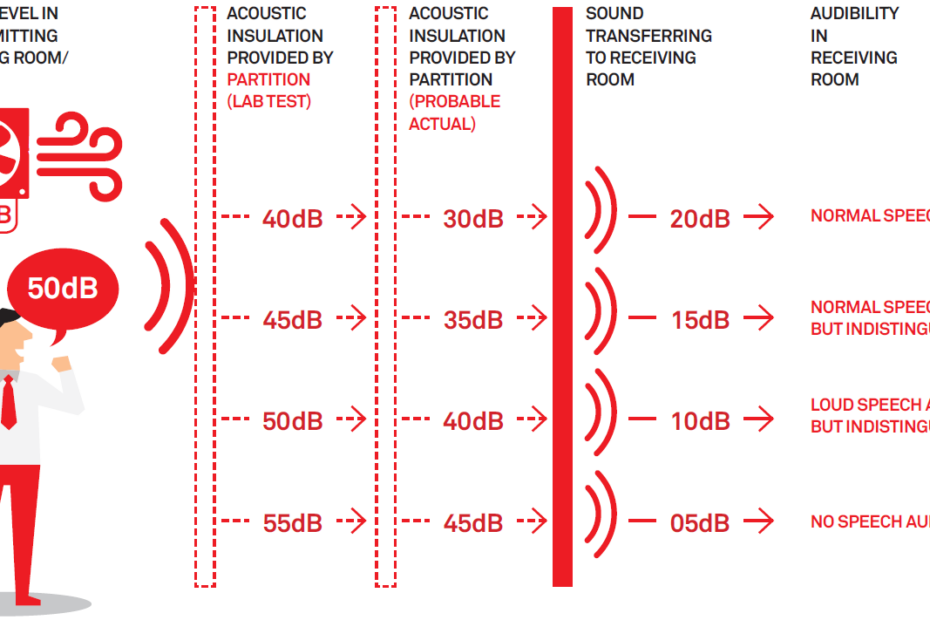The Open Plan Office Acoustic Standards 2022
The Open Plan Office Acoustic Standards 2022 Open plan offices have become increasingly popular in recent years due to their cost effectiveness and convenience. However, the large open spaces can lead to many acoustic issues including noise distraction, reverberation and poor speech intelligibility. The Open Plan… Read More »The Open Plan Office Acoustic Standards 2022








